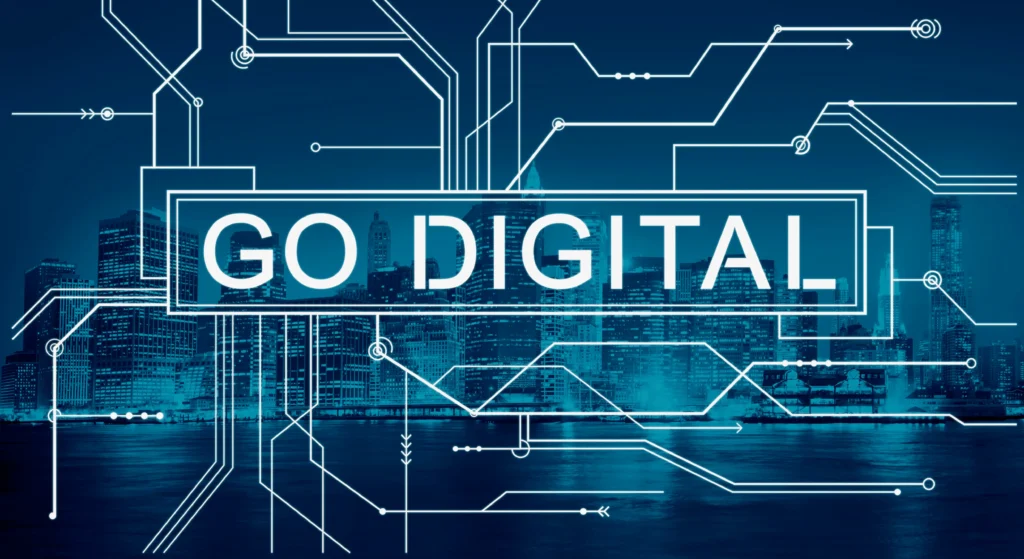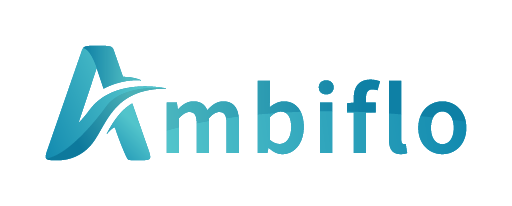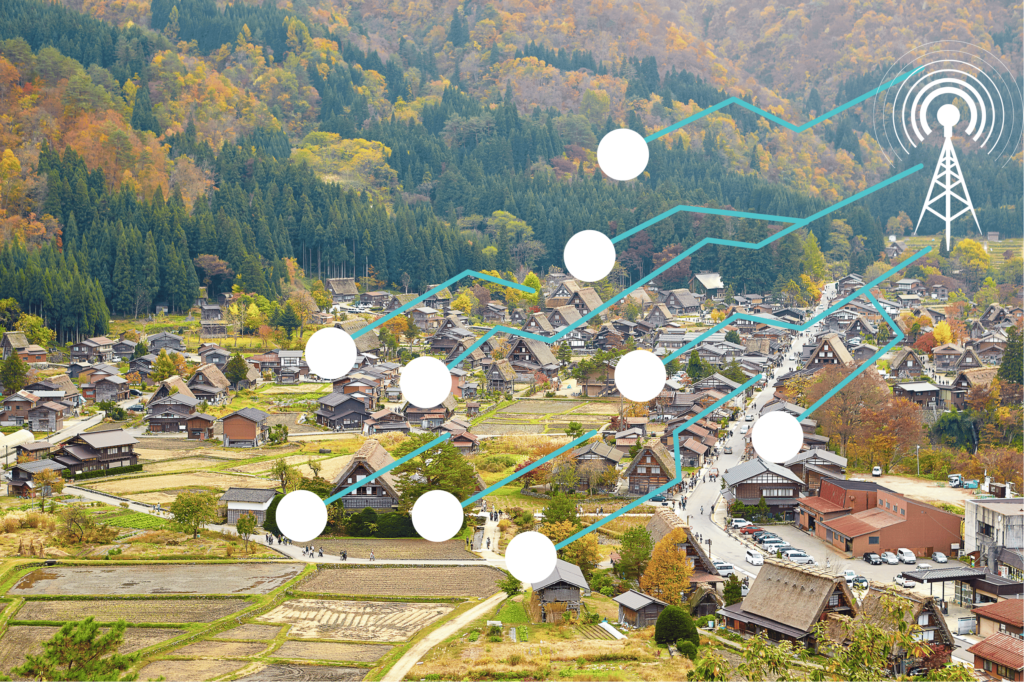Digitization vs Digitalization: Understanding Key Differences

Keeping up with technology terms can be challenging, especially as the industry is always evolving in innovative ways. Digitization vs digitalization is one strong example of confusing tech terminology. These two terms are also sometimes confounded with digital transformation.
It is important to understand how these terms are different, to be able to use them correctly. In this article, we will uncover the significance of each, highlight their differences, and provide some relevant examples.
What is Digitization?
Digitization is defined as “the process of changing from analog to digital form”, by Gartner Glossary.
Digitization involves converting information, such as paper documents or images, into a digital format that computers can use.
What is Digitalization?
Digitalization is defined as “the use of digital technologies to change a business model and provide new revenue and value-producing opportunities”, by Gartner Glossary.
Digitalization is about integrating digital technologies into everyday business operations to improve efficiency and outcomes.
What is Digital Transformation?
Digital transformation is defined as “the process of exploiting digital technologies and supporting capabilities to create a robust new digital business model”, by Gartner Glossary.
Digital transformation goes beyond digitalization by fundamentally changing how a business operates and delivers value to customers, often resulting in new business models and revenue streams.
Digitization vs Digitalization vs Digital Transformation
Digitization is converting analog data into digital formats, such as scanning documents into PDFs.
Digitalization takes this a step further by using these digital formats to streamline and improve business processes, like automating workflow with digital documents.
Digital transformation, however, involves a complete overhaul of a business’ operations and strategies by leveraging digital technologies, leading to new and improved business models, enhanced customer experiences, and innovative revenue streams.
Why are Digitization and Digitalization Important?
Both digitization and digitalization are essential for modern businesses. Digitization ensures that all information is easily accessible and manageable. Digitalization, on the other hand, allows businesses to optimize their processes, improve customer experiences, and stay competitive in a digital world.
Digitization vs Digitalization Examples
Digitization Example: Converting a company’s paper-based employee records into a digital database for easier access and management.
Digitalization Example: Adopting a customer relationship management (CRM) system that tracks and analyzes customer interactions, helping to improve sales strategies and customer service.
Digital Transformation Example: Transforming a traditional manufacturing firm by integrating IoT sensors and data analytics into its production lines to enable real-time monitoring, predictive maintenance, and optimized supply chain management.
Benefits of Digitization, Digitalization, and Digital Transformation
Digitization Benefits: Enhances data storage, facilitates rapid access to information, and improves data accuracy.
Digitalization Benefits: Focuses on improving efficiency, customer engagement, and optimizing existing revenue streams.
Digital Transformation Benefits: Drives comprehensive changes in business operations, enhances organizational agility, and ensures sustained competitive advantage by reshaping how revenue is generated within the organization.
Risks and Benefits of Converting Data to Digital Formats
Benefits:
- Enhanced data security and backup
- Improved accessibility and collaboration
- Greater efficiency and cost savings
Risks:
- Potential cybersecurity threats
- Data loss or corruption during the conversion process
- Resistance to change from employees

Digitally Transforming Telecom Site Design: Ambiflo’s Innovative Approach
At Ambiflo, we are not only embracing the concepts of digitization, digitalization, and digital transformation, but we are also leading the charge with our innovative tool, Remote Designer.
Remote Designer empowers telecom professionals to remotely design and manage sites in a faster, simpler, cheaper, and greener way. This tool revolutionizes telecom site design by allowing professionals to create precise digital twins of sites. Imagine eliminating the need for frequent site visits and instead, designing and managing telecom sites efficiently from anywhere. Remote Designer streamlines the design process, cuts costs, and enhances sustainability by reducing carbon footprints associated with travel. This approach not only improves operational efficiency but also sets a new standard for sustainability in the telecom industry.
How Remote Designer Drives Digital Transformation
1. Fundamental Change in Operations: Remote Designer transforms the traditional, labor-intensive process of telecom site design into a streamlined, digital workflow. This shift from physical site visits to digital twins fundamentally changes how telecom sites are designed and managed.
2. Efficiency and Cost Reduction: By enabling remote design, Remote Designer significantly reduces the time and cost associated with travel and on-site work. This leads to faster project completion and substantial cost savings, which are distinctive features of digital transformation.
3. Sustainability: The reduction in physical site visits contributes to a greener operation by lowering carbon emissions. This aligns with the growing emphasis on sustainability in digital transformation efforts.
4. Enhanced User Experience: The intuitive user interface of Remote Designer enhances the experience for telecom professionals, making the design process more accessible and efficient. This enhancement in usability is pivotal for advancing digital transformation.
5. Innovative Business Model: Leveraging digital twins and remote design capabilities, Remote Designer creates a new business model that emphasizes remote work, sustainability, and efficiency. This innovation is central to the concept of digital transformation, redefining how businesses operate and deliver value.
Overall, Remote Designer embodies the principles of digital transformation by leveraging digi
Conclusion
Understanding the difference between digitization vs digitalization is crucial for leveraging technology in business. While digitization focuses on converting information into digital formats, digitalization uses these formats to transform business processes. Both are integral to the telecom industry, driving efficiency, innovation, and growth. At Ambiflo, we embrace these processes and digital transformation to stay ahead in a competitive market.



